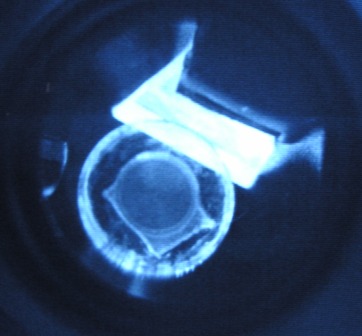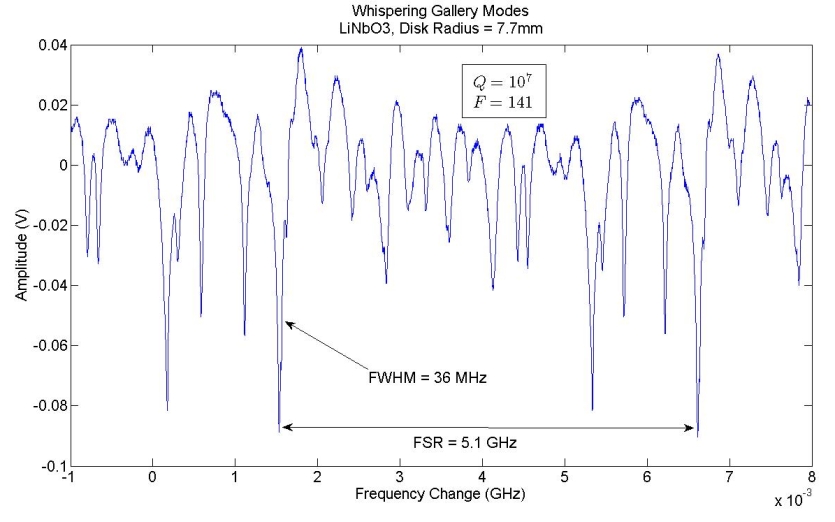Ultrafast dynamics of phase transition in Vanadium Dioxide thin films
 The reliable and efficient generation of an electromagnetic field with non-classical statistics, such as "squeezed" light, or single-photon wave-packets, is important for a number of applications from precision metrology to quantum information. Nonlinear processes in optical crystals, such as second-harmonic generation and spontaneous parametric down-conversion, are currently the best and the most common ways to produce non-classical light. At the same time, such experiments often require high-power laser and high-quality optical cavities, and a rather involved.
The reliable and efficient generation of an electromagnetic field with non-classical statistics, such as "squeezed" light, or single-photon wave-packets, is important for a number of applications from precision metrology to quantum information. Nonlinear processes in optical crystals, such as second-harmonic generation and spontaneous parametric down-conversion, are currently the best and the most common ways to produce non-classical light. At the same time, such experiments often require high-power laser and high-quality optical cavities, and a rather involved.
The reliable and efficient generation of an electromagnetic field with non-classical statistics, such as "squeezed" light, or single-photon wave-packets, is important for a number of applications from precision metrology to quantum information. Nonlinear processes in optical crystals, such as second-harmonic generation and spontaneous parametric down-conversion, are currently the best and the most common ways to produce non-classical light. At the same time, such experiments often require high-power laser and high-quality optical cavities, and a rather involved.
 The quality factor is a measure of the lifetime of energy stored in the cavity - the longer the lifetime, the more energy can build up in the cavity. For a very high-Q cavity even a low input light intensity can turn into a very intense field in the resonator. For example, a WGMR with a Q-factor of 1010 will support a photon for a millisecond (10-6 s), and that is significantly higher than the round trip time. This long cavity lifetime combined with small mode volume makes the crystalline WGMR attractive for the quantum optics applications. In particular, we are interested in observing narrow-band low-threshold nonlinear second-harmonic generation as a first step toward the generation of heralded single photons.
We are particularly interested in producing the WGMR that convert a laser light at 795nm to 397nm and vice virsa, since 795nm is the wavelength of the the D1 spectral line in Rubidium, and such non-classical light will be organically integrated with the atomic quantum memory and slow light experiments, conducted by our group.
The quality factor is a measure of the lifetime of energy stored in the cavity - the longer the lifetime, the more energy can build up in the cavity. For a very high-Q cavity even a low input light intensity can turn into a very intense field in the resonator. For example, a WGMR with a Q-factor of 1010 will support a photon for a millisecond (10-6 s), and that is significantly higher than the round trip time. This long cavity lifetime combined with small mode volume makes the crystalline WGMR attractive for the quantum optics applications. In particular, we are interested in observing narrow-band low-threshold nonlinear second-harmonic generation as a first step toward the generation of heralded single photons.
We are particularly interested in producing the WGMR that convert a laser light at 795nm to 397nm and vice virsa, since 795nm is the wavelength of the the D1 spectral line in Rubidium, and such non-classical light will be organically integrated with the atomic quantum memory and slow light experiments, conducted by our group.
Relevant publications
- M. T. Simons and I. Novikova, "CW second-order hyper-Raman generation in a LiNbO3 whispering-gallery mode disk resonator," Optics Letters 36, 3027 (2011).
- Matt Simons, " Whispering-gallery mode resonators for nonlinear and quantum optical applications" (June, 2014).